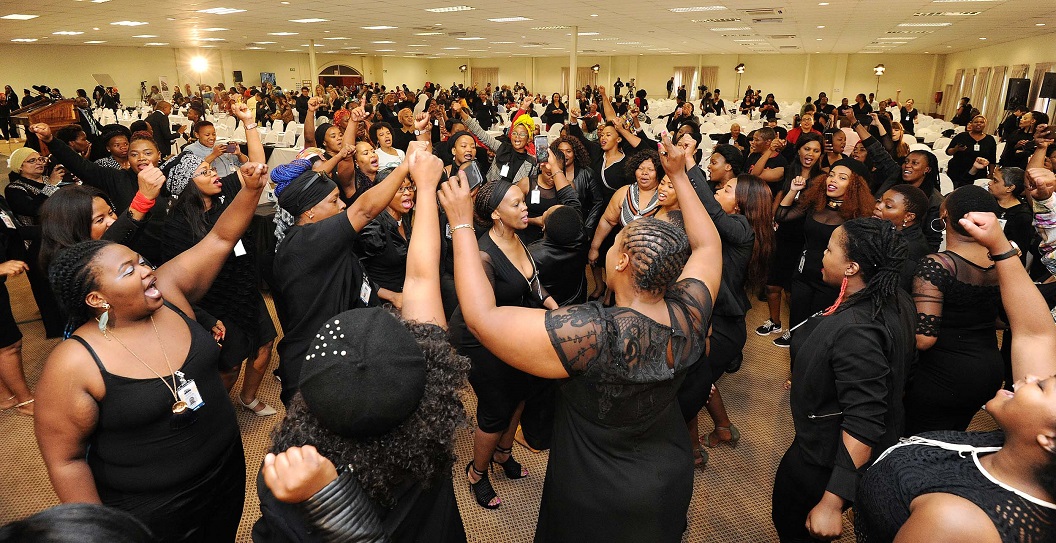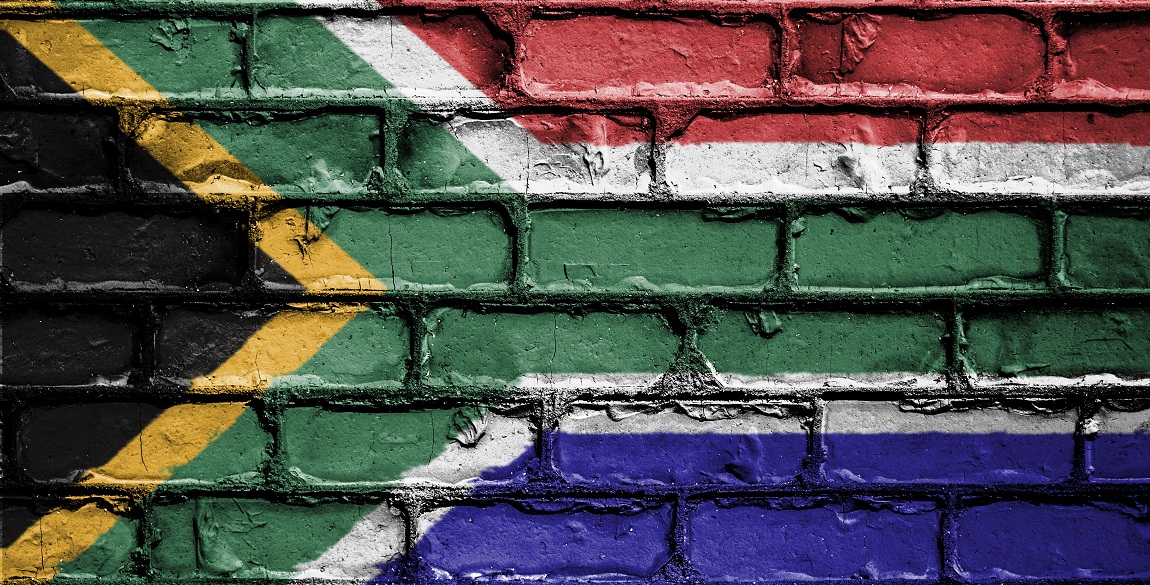
NEWS ANALYSIS
A number of steps have been taken to address the scourge of gender-based violence (GBV) and femicide in South Africa since The Total Shutdown (TTS)-led march against it on August 1, 2018. Despite this, there is still work to be done. Conversations around this work took place in Parktown on April 10, in a dialogue hosted by Hlanganisa Institute for Development in Southern Africa (HIDSA). By SHAAZIA EBRAHIM and FATIMA MOOSA
The dialogue was attended by members of TTS movement, civil society, and government representatives. It’s purpose was to take stock of the GBV and femicide summit resolutions. Since the summit, there has been a concerted attempt in serious tackling the demands made by the movement last year.
Most recently, President Cyril Ramaphosa signed the presidential declaration against GBV and femicide. The declaration signing took place on March 28 at the opening of the Booysens Sexual Offences Court. This court is the 84th Sexual Offences Court established since specialised courts were reprioritised in 2013.
The gender summit was held successfully, but it’s not the end
Thousands of women and gender non-conforming (GNC) people marched across South Africa last year under the banner of TTS movement. They called on the government to take decisive action against GBV and femicide in South Africa. TTS handed a memorandum of 25 demands to President Cyril Ramaphosa in Pretoria on that day. One of those demands was for government to host a Presidential Summit on GBV which took place on November 1-2, 2018.
“Violence against women remains a critical social issue,” Director of HIDSA Bongiwe Ndondo said. “We’ve come a long way from the TTS march, the summit was not an end in itself,” she added. While the summit gave women and GNC people an opportunity to demand action from government, there’s a lot of work that has to be done. “A resolution, for the women on the ground is just another piece of paper from the government,” Ndondo said, “it is what we do with that resolution that makes change.”
During the two-day summit, delegates from TTS, civil society, and government gathered to compile a gender declaration. The declaration – termed a historical turning point by TTS – was civil society, government and social movements working together for the common goal of eradicating GBV and femicide. After months of negotiations around the document, Ramaphosa signed the presidential declaration on March 28.
The success in bringing GBV to the national stage is not through TTS alone. The TTS galvanised the broader women’s movement in South Africa, connecting various Civil society groups and government to work together against GBV and femicide. Speaking at the HIDSA dialogue, gender specialist at the Centre for the Study of Violence and Reconciliation (CSVR) Nhlanhla Sibanda-Moyo said TTS efforts took place against the backdrop of existing efforts. “What was critical,” she said, “was that the President heeded to the call of the Summit.” However, as successful as this feat was: there is still work to be done.
TTS welcome the declaration which they helped develop. Speaking to The Daily Vox, member of the national steering committee of TTS Mhayle Khonziwe said months of work went into the declaration. Following the summit, Khonziwe said a steering committee was established to ensure there were continuities between the summit declaration and the final Presidential declaration.
The signing of the declaration is important because it serves as an acknowledgement that GBV and femicide is a national crisis, Khonziwe said. “Hopefully this will lead to the next step which is the prevention and victim support programme. They should also start to make government departments more accountable in creating a more formal framework for the areas of operation,” she said.
The next step is to establish a national GVB council
The declaration holds stakeholders to a commitment to establish a national GBV council within the next six months. The council must consist of at least 51% of civil society members. Stakeholders must also develop a plan on GBV which follows a model set by the national strategic plan for HIV, TB and sexually transmitted infections.
“We are cautious though and optimistic that government and society as a whole are finally listening to our views by committing to protect our constitutional rights. As TTS we will continue advocating and mobilising to end the scourge of violence against women and children,” said Khonziwe.
Where to from here? The work that needs to be done
As for the rest of the 24 demands, TTS acknowledges many of the demands require a lot of work. However, TTS is concerned “with how the President continues to parade individuals accused of rape in his parties election campaign and election list,” said Khonziwe. She adds that this is a violation of the first demand which states that there must be a strong message from the office of the President that GBV is pervasive and widespread and cannot be tolerated at any level of society.
Aside from meeting the demands of TTS, those that attended the HIDSA dialogue were concerned about creating healing, generous, and caring women’s rights movement in South Africa. They acknowledged that each person carries their own traumas in the work against GBV and it is necessary to make space to deal with these traumas.
Attendees also discussed how various stakeholders can forge healthier relationships by understanding and respecting each other and the work they do.
Beyond that, there is a sentiment that there is much work to be done in the fight against GBV and femicide, but that there are committed and passionate people who are ready to do the work.








